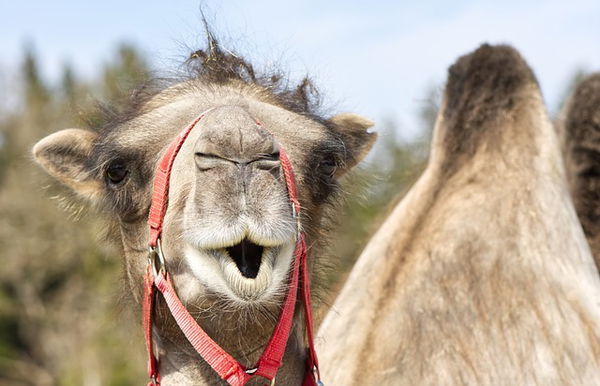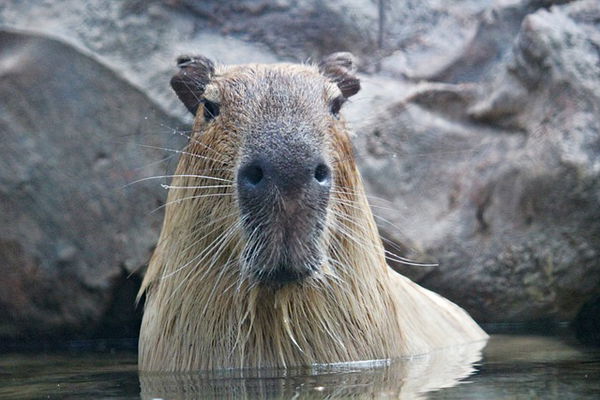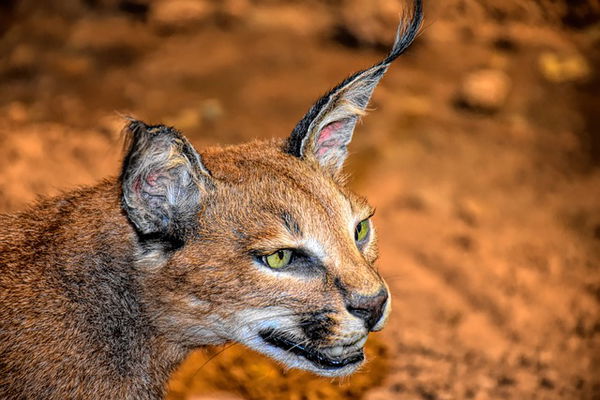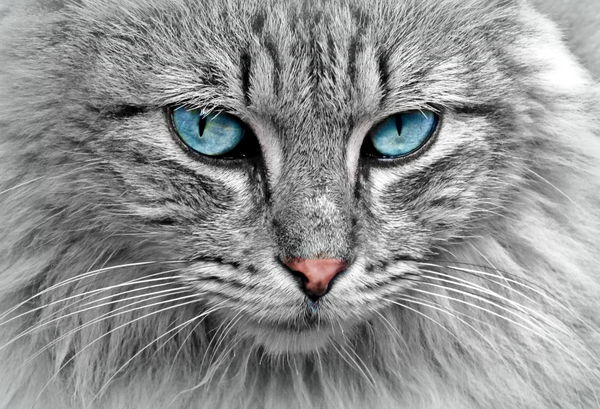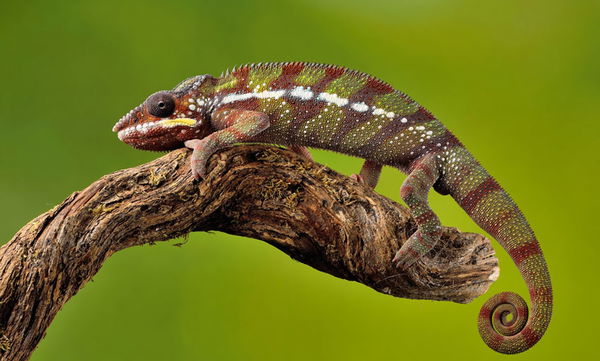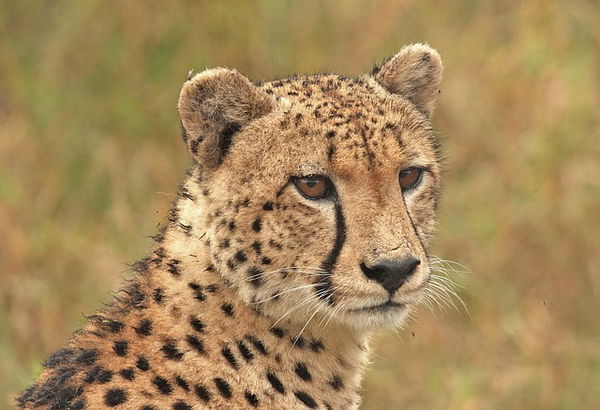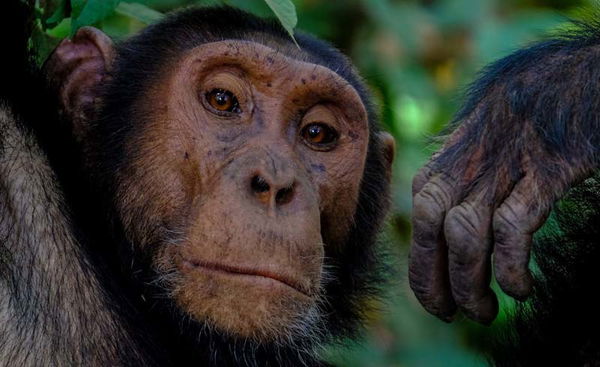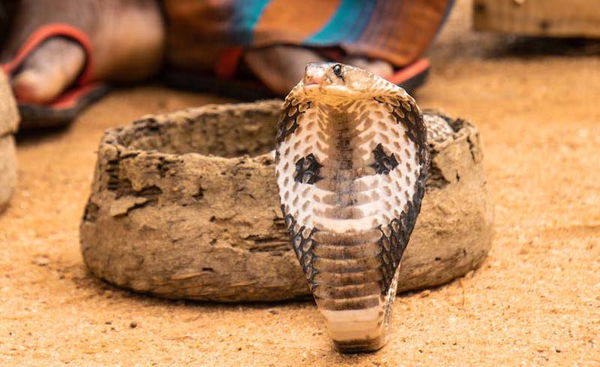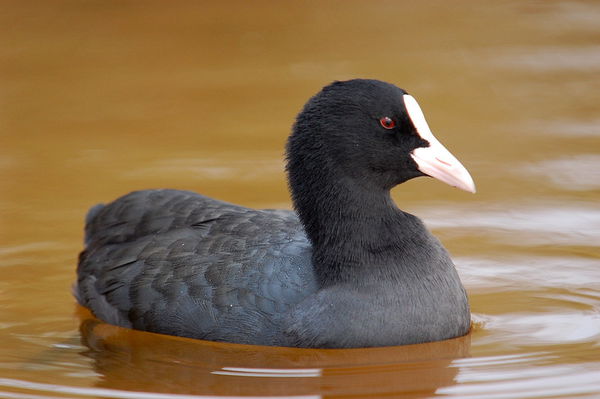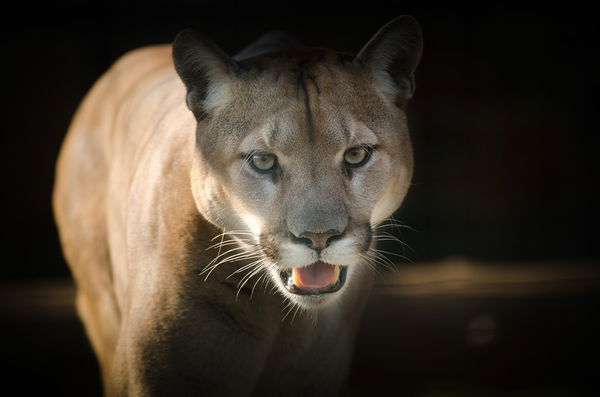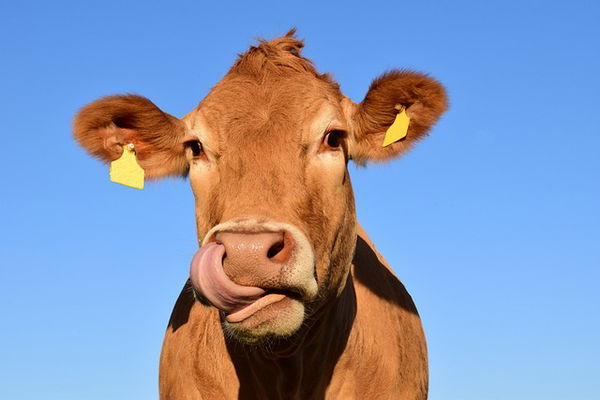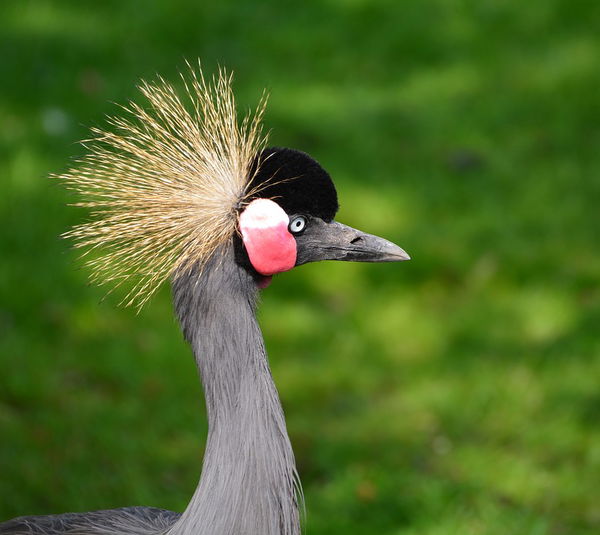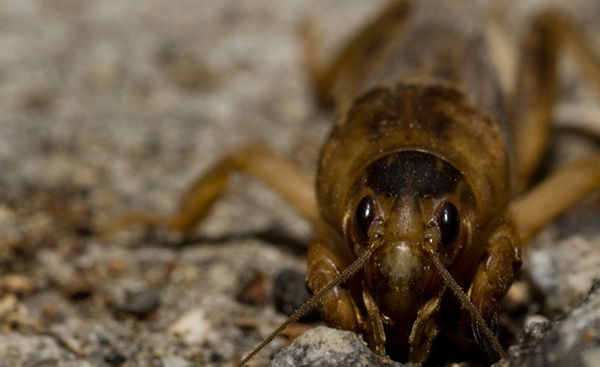The camel is an iconic animal, easily recognized with its long neck and humps. There are two different kinds of camels, dromedary camels which have one hump and Bactrian camels which have two. Camels are living in the dry desert and are adapted to the environment with their elongated feet, humps, and thick fur. These animals can go for months without drinking water and when they do, they can drink up to 30 gallons in around 13 minutes. Camels are not just able to walk but also are able to run at up to 40-50 miles per hour. Their main source of nutrition is vegetation and they are able to eat most of the plants in their environments.
In addition to being great travelers, camels also have many other uses. They provide milk, wool, leather, and other materials that people find useful. Camels are also highly sociable, with some people believing that they have a language of their own.
